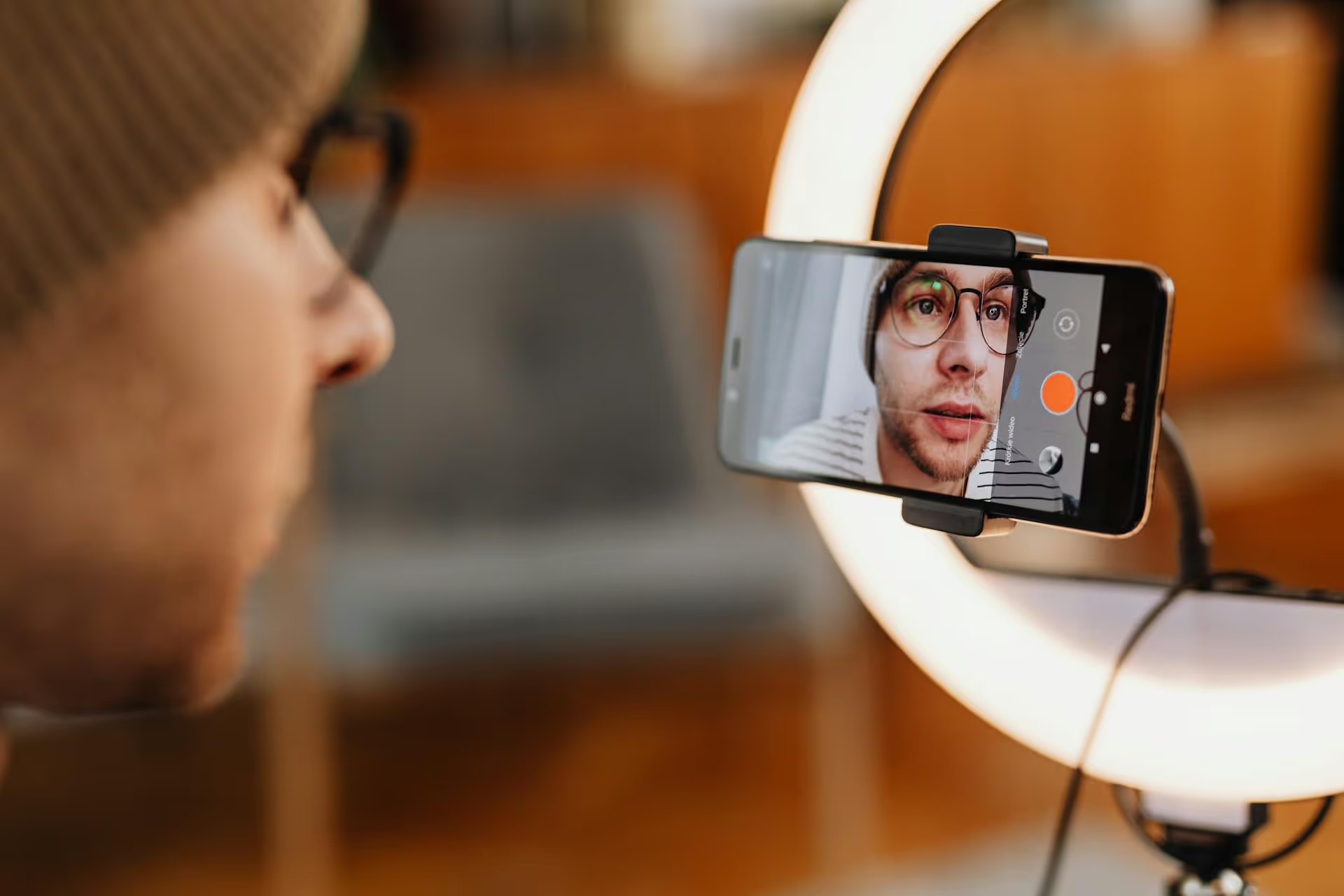How to Add Social Media Icons to an Email Signature
Enhance your email signature by adding social media icons. Discover step-by-step instructions to turn every email into a powerful marketing tool.

Chasing likes and followers is the old way of thinking about social media. The real goal is to build a community that actively interacts with your brand, and the only way to know if you're succeeding is by measuring social media engagement. This guide cuts through the noise to show you exactly which metrics matter, how to calculate your engagement rate, and how to turn those numbers into a smarter content strategy.
In simple terms, social media engagement is any action someone takes on your social media profiles or content. But it's more than a simple metric, it’s a direct indicator of your audience's interest and the health of your online community. A high follower count looks great on paper, but if no one is interacting with your posts, you're essentially shouting into a void.
True engagement signifies resonance. It means your content is compelling enough to make someone stop scrolling and take an action - whether it’s a quick tap of the 'like' button or a thoughtful comment. This is a vital signal that your brand message is connecting, building trust, and fostering a loyal relationship with your audience that goes far beyond surface-level numbers.
Think of it this way:
Focusing on engagement helps you build an active, invested community rather than a passive, silent audience.
While each platform has unique features, certain core metrics are universal indicators of engagement. Understanding these is the first step to evaluating your performance. Let’s break them down into categories based on the user's level of intent.
These are the easiest and most common forms of engagement. They show that people appreciate your post but don't require much effort.
This is where real community-building happens. These metrics show that your content sparked a thought or feeling strong enough to compel a written response.
Amplification is when your audience does the marketing for you. They found your content so valuable that they wanted to share it with their own network.
These actions show a deeper level of commitment and interest. The user is actively seeking more from your brand or saving your content for future reference.
To get a complete picture, you need to go beyond the basics and look at the unique engagement signals of each platform.
Watching individual metrics is helpful, but calculating your overall engagement rate provides a standardized benchmark for tracking your performance over time. Here are the three most common formulas, from most accurate to simplest.
This is the best formula to use because it measures engagement against the number of people who actually saw your post, giving you a truer sense of content performance.
(Total Engagements on a Post ÷ Reach of Post) x 100 = % ERR
Example: Your post got 500 engagements (likes, comments, shares, etc.) and reached 5,000 people. (500 / 5,000) x 100 = 10% engagement rate.
This formula measures the engagement on a single post against your total follower count. It’s useful for a quick check but can be misleading if a post's reach is significantly higher or lower than your follower count.
(Total Engagements on a Post ÷ Total Followers) x 100 = % ER Post
Example: Your post got 500 engagements and you have 10,000 followers. (500 / 10,000) x 100 = 5% engagement rate.
Instead of looking at one post, this formula helps you understand your average daily engagement. It's a useful health check for your account over time.
(Total Engagements Today ÷ Total Followers) x 100 = % Daily ER
Pro-Tip: Don't get hung up on a single number. The real value is in tracking these rates over time. Are they trending up or down? What caused a spike or dip?
Measuring social media engagement is not about creating pretty reports. It's about turning data into action. Once you start tracking the right metrics, you can make smarter decisions about your content.
Measuring social media engagement is about looking past vanity metrics to understand what truly resonates with your audience. By focusing on conversations, shares, and saves, you can move from simply broadcasting messages to building a vibrant, loyal community around your brand.
Tracking all this data across several platforms and spreadsheets can quickly become overwhelming. That's why we built a simple, clean analytics dashboard into Postbase. In one place, you can see what's working across every account, understand which content your audience actually wants, and get insights that help you create better posts without the usual clutter and confusion.
Enhance your email signature by adding social media icons. Discover step-by-step instructions to turn every email into a powerful marketing tool.
Learn how to add your Etsy link to Pinterest and drive traffic to your shop. Discover strategies to create converting pins and turn browsers into customers.
Grant access to your Facebook Business Manager securely. Follow our step-by-step guide to add users and assign permissions without sharing your password.
Record clear audio for Instagram Reels with this guide. Learn actionable steps to create professional-sounding audio, using just your phone or upgraded gear.
Add translations to Instagram posts and connect globally. Learn manual techniques and discover Instagram's automatic translation features in this guide.
Optimize your Facebook Business Page for growth and sales with strategic tweaks. Learn to engage your community, create captivating content, and refine strategies.
Wrestling with social media? It doesn’t have to be this hard. Plan your content, schedule posts, respond to comments, and analyze performance — all in one simple, easy-to-use tool.